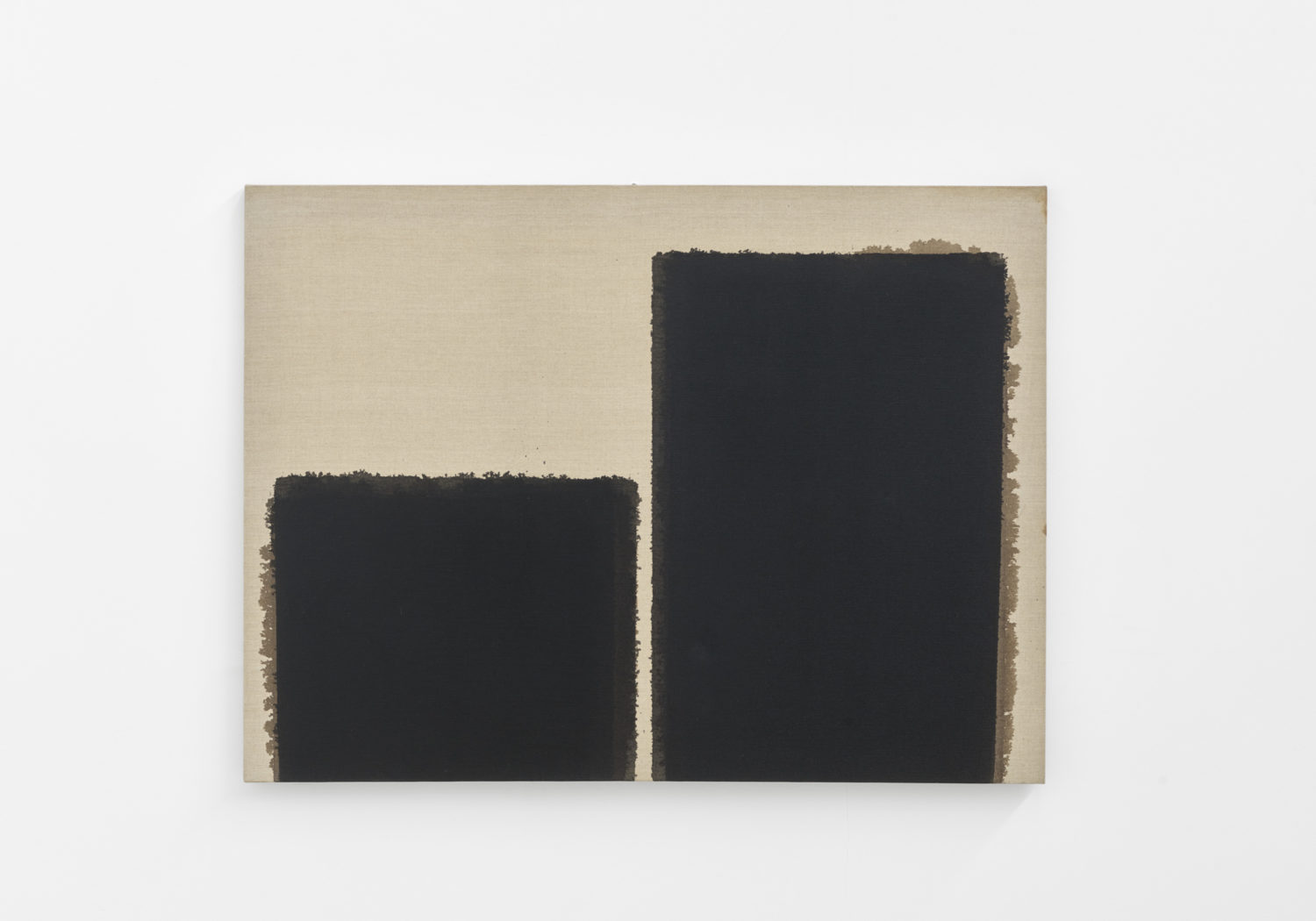Selected objects
For more than half a century, the Axel Vervoordt Company’s relationship with art and antiques has been a way to share our experiences of the world. We believe the best way to full inhabit a space is by being surrounded by architecture, furniture, art, and objects that are represented by the honesty of their materials and the purity of intent in their creation.








